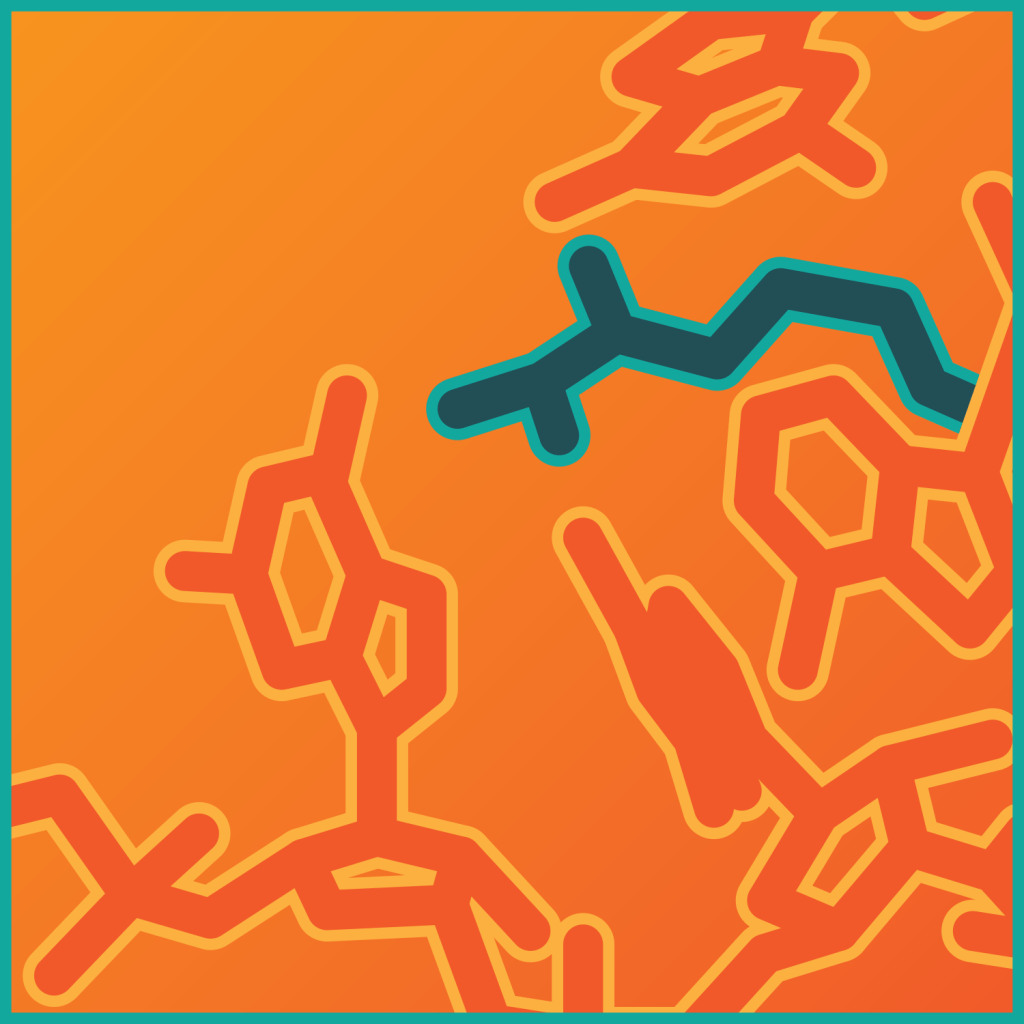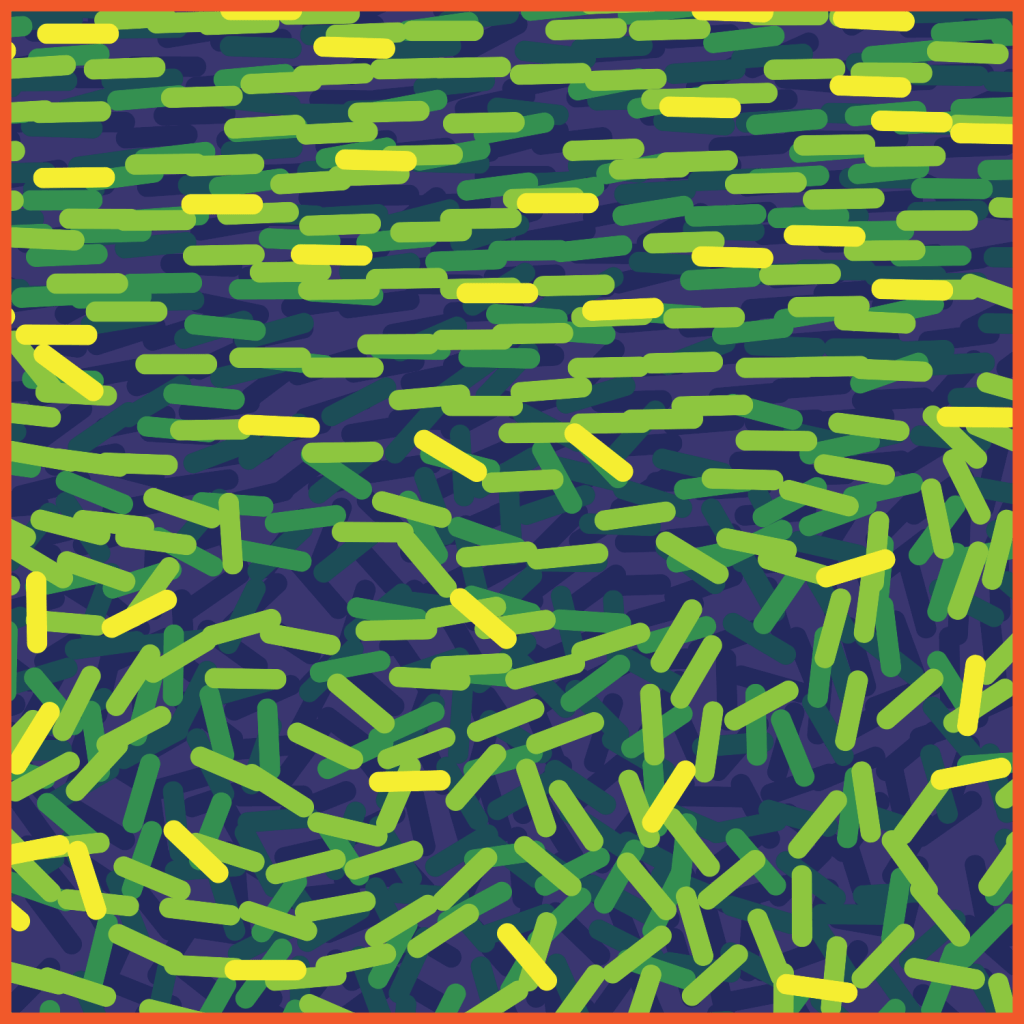The Center for Science and Engineering and Engineering of Living Systems is a group of scientists and engineers whose research is grouped into synergistic categories that are driven by advances in computations and machine learning, the development of novel theories, and progresses in materials engineering, spectroscopy, imaging, microscopy and high-throughput technologies.

Bioelectrical Systems
The age of personalized medicine is upon us. Investigators within CSELS are uncovering the connections between individual mutations within cardiac ion channels and the electrical signals that contribute to rhythms of the heart and arrhythmia. CSELS researchers are also actively involved in decoding neural processing to understand how brain activity arises in response to olfactory stimuli. This research is powering the development of circuits that and devices that mimic evolved sensory systems.

Microbial Systems
The challenge of antibiotic resistance and opportunities for leveraging microbes for developing sustainable technologies is driving an intense effort into all aspects of microbial systems. These efforts include a fundamental understanding of bacterial cell division, modeling the adaptation and evolution of bacterial communities and viruses, metabolic regulation in bacterial systems, physical models for infectivity of viruses and engineering microbes for a variety of technological applications.

Molecular Systems
Cells respond to cues by generating signals that are processed to produce outputs. A group of engineers and physicists are working independently and together to understand the workings of molecular systems at the level of individual protein and nucleic acid molecules to probe structure-function-dynamics relationships via innovations in computational and experimental methods that go down to single molecules. At the opposite end of the spectrum, engineers within CSELS are interest in modeling, through a combination of numerical and experimental methods, the outputs generated at the single cell level through the integrative contributions of molecular building blocks. The two ends of the molecular and cellular spectrum are bridged by physicists, chemists and engineers who are working on collective behaviors of molecules governed by phase transitions and biological control that influence cellular level decision making circuitry. Plants, microbes, fungi and other eukaryotic cellular systems are the foci of this group of researchers.

Synthetic Systems
Engineers within CSELS are pushing the frontiers of extant knowledge by continually asking how one can solve challenging and highly relevant problems through the design of novel functional materials that either utilize molecules as building blocks or leverage the advantages afforded by microbial systems. These efforts are designed to develop synthetic systems that are bio-inspired or biomimetic to drive advances in a variety of disciplines including drug discovery, drug delivery, sustainability, clean air and water technologies, and alternative fuels.